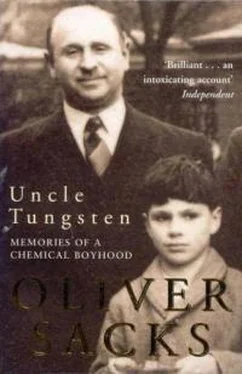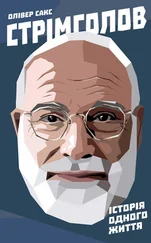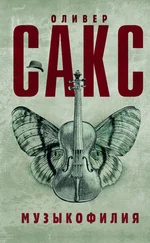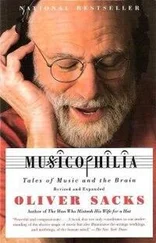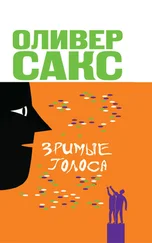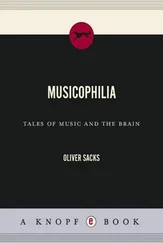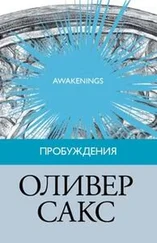My brother Michael was fond of H.G. Wells, and lent me his copy of The First Men in the Moon at Braefield. It was a small book, bound in blue morocco leather, and its illustrations impressed me as much as the text – the attenuated Selenites, walking in single file, and the Grand Lunar, with his distended brain case, in his luminous, fungus-lit cavern on the moon. I loved the optimism and excitement of the journey to space, and the idea of a material (‘cavorite’) impermeable to gravity. One of the chapters was called ‘Mr. Bedford in Infinite Space’, and I loved the notion of Mr. Bedford and Mr. Cavor in their little sphere (it resembled Beebe’s bathysphere, which I had seen pictures of), snapping the cavorite shutters open and closed, shutting off the earth’s gravity. The Selenites, the moon people, were the first aliens I had ever read about, and after this I sometimes met them in my dreams. But there was sadness, too, because Cavor in the end is marooned on the moon, with only the inhuman, insectile Selenites for company, in unutterable loneliness and solitude.
After Braefield, The War of the Worlds became a favorite too, not least because the Martian fighting machines generated an exceedingly dense, inky vapor (‘it sank down through the air and poured over the ground in a manner rather liquid than gaseous’) that contained an unknown element, combined with the gas argon – and I knew that argon, an inert gas, could not be compounded by any earthly means. [30]
I was very fond of bicycling, especially on country roads through the little towns and villages around London, and reading The War of the Worlds , I decided to trace the advance of the Martians, starting on Horsell Common, where the first Martian cylinder landed.
Wells’s descriptions seemed so real to me that by the time I reached Woking, I found it surprisingly intact, considering how it had been devastated by the Martian heat ray in ‘98. And I was startled, in the little village of Shepperton, at finding the church steeple still standing, for I had accepted, almost as historical fact, that it had been knocked down by a reeling Martian tripod. And I could not go to the Natural History Museum without thinking of ‘the magnificent, and almost complete specimen [of a Martian] in spirits’ which Wells assured us was there. (I would find myself looking for this in the cephalopod gallery, as all the Martians seemed to be somewhat octopoid in nature.)
It was similar with the Natural History Museum itself – its ruined, cobwebbed galleries open to the air – which Wells’s Time Traveller wanders through in A.D. 800,000. I could never go to the museum thereafter without seeing its desolate future form superimposed on the present, like the memory of a dream. Indeed, the pedestrian reality of London itself became transformed for me by the charged and mythical London of Wells’s short stories, with places that could only be seen in certain moods or states – the door in the wall, the magic shop.
I found the later, ‘social’ Wells novels of little interest as a boy, preferring the earlier tales, which combined remarkable science-fiction extrapolations with an intense, poetic sense of human frailty and mortality, as with the Invisible Man, so arrogant at first, who dies so pitifully, or the Faustian Dr. Moreau, who is finally killed by his own creations.
But his stories were also full of ordinary people who have extraordinary visual experiences of every sort: the little shopkeeper who is granted ecstatic visions of Mars through gazing into a mysterious crystal egg; or the young man whose eyes are given a sudden twist as he stands between the poles of an electromagnet in a storm, transporting him visually to an uninhabited rock near the South Pole. I was addicted to Wells’s stories, his fables, as a boy (and many are still resonant for me fifty years later). The fact that he was still alive in 1946, still with us, after the war, made me long urgently, improperly, to see him. And having heard that he lived in a little terrace of houses, Hanover Terrace, off Regent’s Park, I would sometimes go there after school, or on weekends, hoping to catch a glimpse of the old man.
13. Mr. Dalton’s Round Bits of Wood
Experimenting in my lab brought home to me that chemical mixtures were completely unlike chemical compounds. One could mix salt and sugar, say, in any proportion. One could mix salt and water – the salt would dissolve, but then one could evaporate it and recover the salt unchanged. Or one could take a brass alloy and recover its copper and zinc unchanged. When one of my dental fillings came out, I was able to distill off its mercury, unchanged. All of these – solutions, alloys, amalgams – were mixtures. Mixtures, basically, had the properties of their ingredients (plus one or two ‘special’ qualities perhaps – the relative hardness of brass, for example, or the lowered freezing point of salt water). But compounds had utterly new properties of their own.
It was tacitly accepted by most chemists in the eighteenth century that compounds had fixed compositions and the elements in them would combine in precise, invariable proportions – practical chemistry could hardly have proceeded otherwise. But there had been no explicit investigations of this, or declarations on the matter, until Joseph-Louis Proust, a French chemist working in Spain, embarked on a series of meticulous analyses comparing various oxides and sulphides from around the world. He was soon convinced that all genuine chemical compounds did indeed have fixed compositions – and that this was so however the compound was made, or wherever it was found. Red mercuric sulphide, for instance, always had the same proportions of mercury and sulphur, whether it was made in the lab or found as a mineral. [31]
Between pole and pole [Proust wrote] compounds are identical in composition. Their appearance may vary owing to their mode of aggregation, but their properties never… The cinnabar of Japan has the same composition as the cinnabar of Spain; silver chloride is identically the same whether obtained from Peru or from Siberia; in all the world there is but one sodium chloride; one saltpetre; one calcium sulphate; and one barium sulphate. Analysis confirms these facts at every step.
By 1799, Proust had generalized his theory into a law – the law of fixed proportions. Proust’s analyses, and his mysterious law, excited attention among chemists everywhere, not least in England, where they were to inspire profound insights in the mind of John Dalton, a modest Quaker schoolteacher in Manchester.
Gifted in mathematics, and drawn to Newton and his ‘corpuscular philosophy’ from an early age, Dalton had sought to understand the physical properties of gases – the pressures they exerted, their diffusion and solution – in corpuscular or ‘atomic’ terms. Thus he was already thinking of ‘ultimate particles’ and their weights, albeit in this purely physical context, when he first heard of Proust’s work, and by a sudden intuitive leap, saw how these ultimate particles might account for Proust’s law, and indeed the whole of chemistry.
For Newton and Boyle, though there were different forms of matter, the corpuscles or atoms of which they were composed were all identical. (Thus there was always, for them, the alchemical possibility of turning a base metal into gold, for this only entailed change of form, a transformation of the same basic matter.) [32]But now the concept of elements, thanks to Lavoisier, was clear, and for Dalton there were as many kinds of atoms as there were elements. Every one had a fixed and characteristic ‘atomic weight’, and this was what determined the relative proportions in which it combined with other elements. Thus if 23 grams of sodium invariably combined with 35.5 grams of chlorine, this was because sodium and chlorine atoms had atomic weights of 23 and 35.5. (These atomic weights were not, of course, the actual weights of atoms, but their weights relative to that of a standard – for example, that of a hydrogen atom.)
Читать дальше
